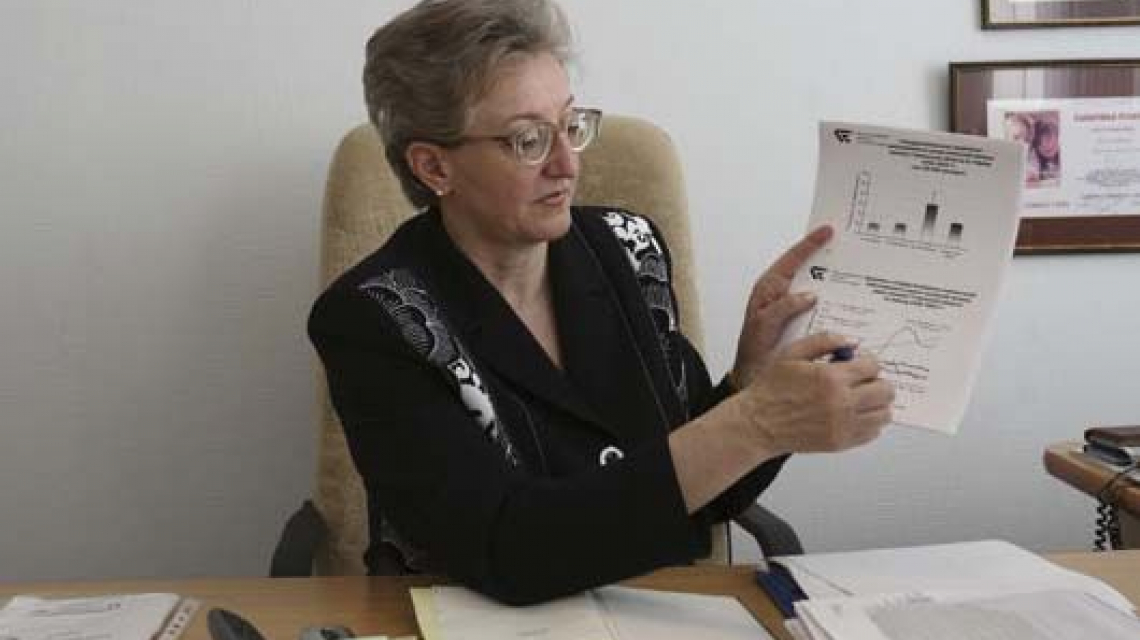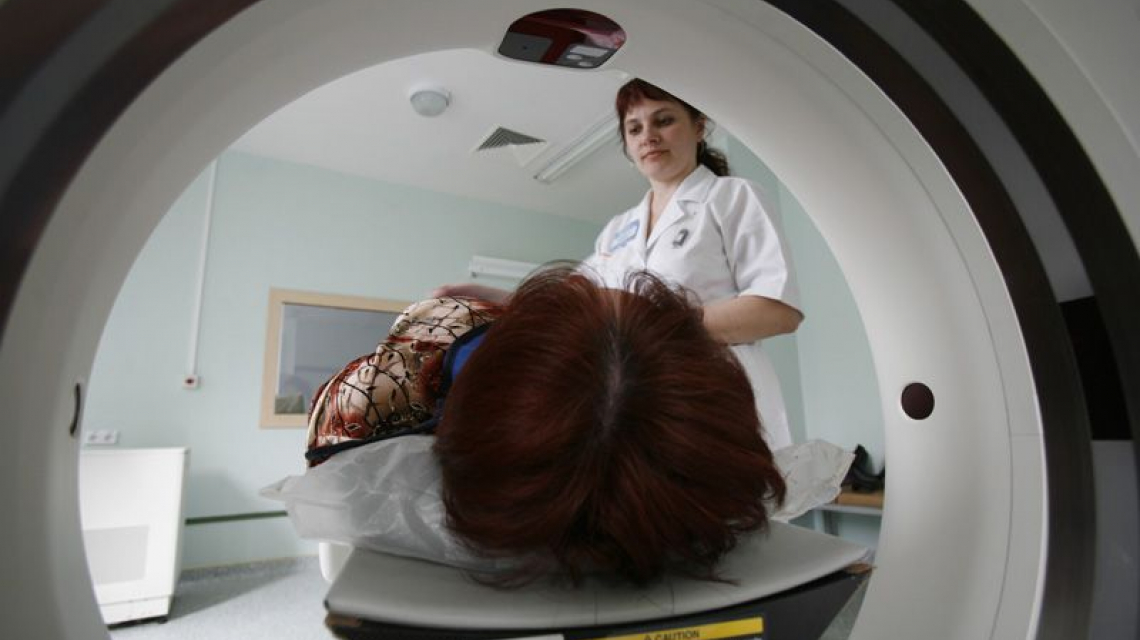Any discussion about the links between the accident at the Chernobyl nuclear power plant and human health is guaranteed to create controversy. Just days before the 20th anniversary of the accident, Greenpeace issued a report claiming that 100 000 fatal cancer cases would arise from the accident. With this figure, Greenpeace lobbed heavy criticism at The Chernobyl Forum figures, which estimate a total 4000 deaths. In turn, IAEA experts argue that far too many reports, including the Greenpeace study, try to achieve the impossible - i.e., obtain accurate results from unsound science. For some scientists, the disparity is, at least in part, a function of when, where and under which regime the disaster occurred.
"When Chernobyl exploded, there were a few radiation experts in the area," says Mikhail Balonov, a retired TC Technical Officer and a Soviet Union nuclear expert. "We were mostly concentrated at the major research centres in Moscow, Saint Petersburg and Chelyabinsk."
Mr. Balonov paints a bleak picture of the days immediately following the disaster. He personally stripped clothing and shaved the head of severely contaminated individuals - who had to travel almost a thousand km to Moscow or Saint Petersburg before receiving appropriate attention. This was an era in which 'liquidators' (individuals who cleaned up after the disaster) did not wear dosimeter devices to measure radiation exposure. In addition, the former Soviet Union was notorious for shoddy record keeping and for concealing the magnitude of the accident for far too long.










